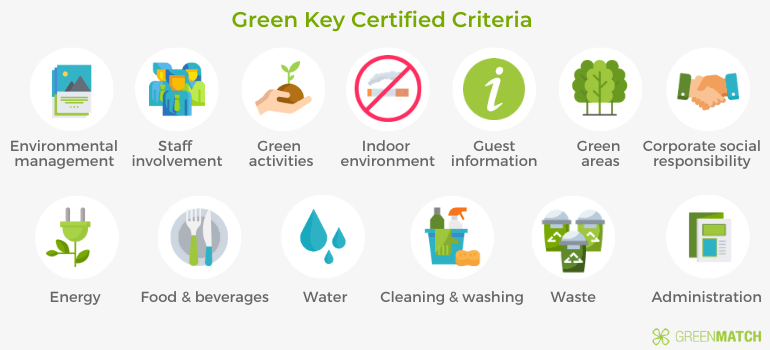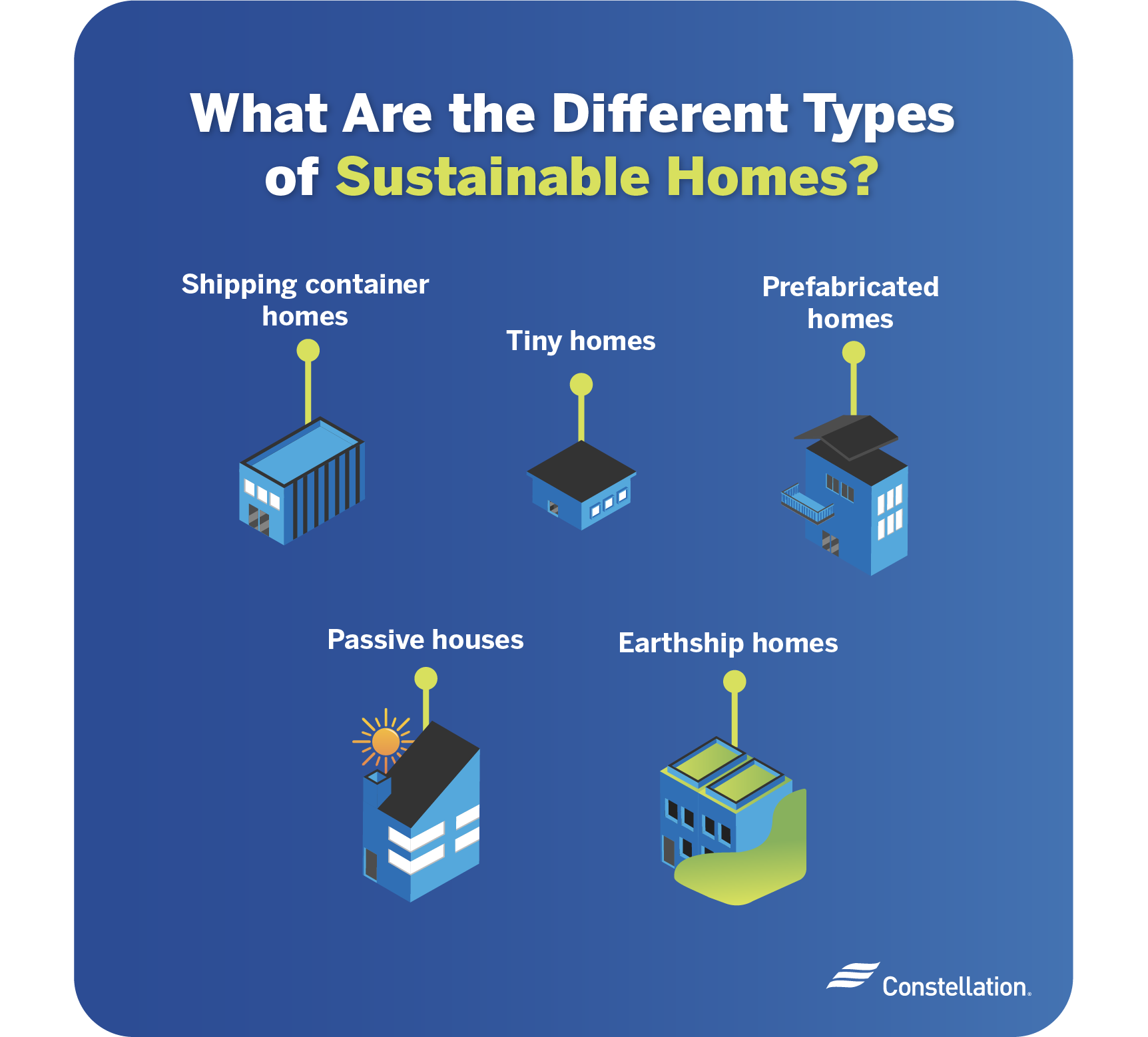Being eco-friendly at home is essential for our planet. Small changes can make a big difference.
Many people want to live greener lives. However, they often don’t know where to start. Making your home eco-friendly helps reduce waste and save energy. It also improves your health and well-being. Simple actions, like using less plastic or conserving water, can lead to a healthier environment.
You can even save money while being kind to nature. This guide will help you discover easy ways to make your home more sustainable. You’ll find practical tips and ideas that fit into your daily routine. Let’s explore how to create a greener living space together. Your efforts can inspire others to join the movement.
Introduction To Eco-Friendly Living
Living an eco-friendly lifestyle at home is not just a trend; it’s a necessary shift towards a sustainable future. Each of us has the power to make choices that reduce our environmental impact. Starting this journey can feel overwhelming, but simple changes can lead to significant benefits.
The Importance Of Green Choices
Every choice you make contributes to the health of our planet. Opting for green products helps reduce waste and pollution. Think about the products you use daily, from cleaning supplies to food packaging.
Switching to eco-friendly brands often means fewer harmful chemicals and more biodegradable materials. For instance, I recently swapped my conventional cleaning products for natural alternatives. My home smelled fresher, and I felt good knowing I was reducing toxins in my living space.
Making green choices also means supporting companies that prioritize sustainability. Your purchasing power can drive change in the market. Have you ever thought about how your shopping habits could influence the environment?
Benefits For The Environment And You
Choosing eco-friendly options benefits both the planet and your well-being. Reducing waste and conserving energy contribute to a healthier environment. Simple actions, like using reusable bags and water bottles, make a difference.
On a personal level, eco-friendly living can lead to savings. Using energy-efficient appliances and reducing water usage can lower your utility bills. Isn’t it rewarding to save money while also protecting the earth?
Additionally, adopting green practices can improve your health. Natural products often mean fewer allergens and irritants in your home. Have you noticed how clean air and fewer chemicals can enhance your quality of life?
Ultimately, eco-friendly living is about making informed choices that benefit you and the planet. Small changes today can lead to a more sustainable tomorrow. What will your first step be towards a greener lifestyle?

Energy Conservation Techniques
Energy conservation is key to living eco-friendlly at home. Simple changes help reduce energy use. This benefits the planet and saves money. Let’s explore three effective methods.
Smart Thermostat Use
Smart thermostats help manage your home’s temperature. They learn your schedule. Adjust settings automatically to save energy. You can control them from your phone. This means less energy waste when you are away.
Set your thermostat lower in winter and higher in summer. A small change can lead to big savings. Consider a programmable model. These devices make energy conservation easy and efficient.
Switching To LED Bulbs
Switching to LED bulbs is a smart choice. They use less energy than traditional bulbs. LED lights last much longer too. This means fewer replacements and less waste.
Use LED bulbs in all rooms. They come in various colors and brightness levels. This lets you create the perfect atmosphere while saving energy.
Embracing Natural Light
Embracing natural light brightens your home. Open curtains during the day. Let sunlight in to reduce the need for artificial lighting.
Consider using mirrors to reflect light. This can make rooms feel larger and brighter. A well-lit room feels inviting and cozy.
Plant trees outside to provide shade. This keeps your home cooler and reduces energy use.
Water Usage And Reduction Strategies
Reducing water usage at home is vital. It helps the environment and saves money. Simple changes can make a big difference.
From fixing leaks to installing new fixtures, every effort counts. Here are some effective strategies to reduce water waste.
Fixing Leaks Promptly
Leaks can waste a lot of water. A dripping faucet can waste gallons each day. Check your home regularly for leaks.
Look under sinks and around toilets. If you find a leak, fix it right away. Use plumber’s tape or call a professional if needed.
Installing Low-flow Fixtures
Low-flow fixtures save water without sacrificing performance. These fixtures reduce water flow in showers and faucets. They can cut water usage by up to 50%.
Consider installing low-flow showerheads and faucets. They are easy to find and install. You can also replace your toilet with a low-flow model.
Harvesting Rainwater
Collecting rainwater is a smart way to save water. Set up a rain barrel to gather water from your roof. This water can be used for gardening and cleaning.
Make sure your rain barrel has a secure lid. This keeps out pests and debris. Rainwater harvesting is eco-friendly and cost-effective.
Sustainable Food Practices
Sustainable food practices help reduce our impact on the planet. They support local economies and promote healthier lifestyles. Simple changes at home can make a big difference. Here are some easy ways to practice sustainability through food.
Buying Local And Organic
Buying local food cuts down on transportation. This means less pollution and fresher produce. Visit farmers’ markets in your area. They offer seasonal fruits and vegetables. Buying organic helps reduce chemicals in our soil and water. Choose food grown without harmful pesticides. Check labels for organic certification. Supporting local farms strengthens your community.
Reducing Meat Consumption
Eating less meat benefits the environment. Meat production uses lots of resources. Try having a few meatless days each week. Explore plant-based meals like beans, lentils, and vegetables. These foods are nutritious and tasty. Reducing meat can lower your carbon footprint. It also promotes better health.
Composting Food Waste
Composting turns food scraps into rich soil. This reduces waste in landfills. Start a small compost bin in your kitchen or yard. Use fruit peels, vegetable scraps, and coffee grounds. Avoid meat and dairy to keep compost healthy. Composting enriches your garden and helps the Earth.
Green Cleaning Solutions
Cleaning your home shouldn’t harm the planet. Green cleaning solutions offer a safe way to keep your space tidy. They use natural ingredients that are gentle on the environment. This section will explore how to create your cleaners, choose eco-friendly products, and reduce waste.
Diy Non-toxic Cleaners
Making your cleaners is simple and cost-effective. You can use common household items. For example, vinegar and baking soda work wonders. Mix equal parts vinegar and water for a great all-purpose cleaner. It cuts through grease and removes odors.
For tough stains, sprinkle baking soda on the area. Then, spray with vinegar. Let it fizz and sit for a few minutes. Wipe it clean with a cloth. This method is safe and effective for kitchens and bathrooms.
Choosing Eco-friendly Products
When shopping, read labels carefully. Look for biodegradable products. Avoid those with harmful chemicals. Choose cleaners with natural ingredients like citrus or essential oils. These are safer for your family and pets.
Some brands focus on sustainable practices. They use recyclable packaging and eco-friendly formulas. Supporting these brands helps the environment. You can make a difference with your choices.
Minimizing Disposable Items
Reducing waste is crucial for an eco-friendly home. Start by using reusable cleaning cloths instead of paper towels. Old t-shirts or microfiber cloths work well. They are washable and last longer.
Consider using refillable spray bottles. This cuts down on single-use plastic. You can refill them with homemade cleaners. Small changes lead to big impacts. Embrace these habits for a cleaner planet.
Waste Management And Recycling
Waste management and recycling are key to being eco-friendly at home. Start by sorting your trash into recyclables and non-recyclables. Use reusable bags and containers to reduce waste and help the environment. Small changes can make a big impact on our planet.
Waste management and recycling are essential components of living an eco-friendly lifestyle at home. By managing waste effectively, you reduce the amount of trash sent to landfills and contribute to a healthier environment. Simple changes in how you handle your waste can make a significant difference.
Proper Sorting Of Recyclables
Sorting recyclables might seem tedious, but it’s one of the most impactful steps you can take. Start by creating separate bins for paper, plastics, metals, and glass. – Label each bin clearly. This helps everyone in your household know where to toss their waste. – Rinse food containers before recycling. Leftover residue can contaminate recyclables, making them non-recyclable. Have you ever wondered why some items can’t be recycled? Many materials are often mistakenly tossed in the recycling bin. Educating yourself about local recycling rules ensures you’re doing your part correctly.
Upcycling Home Items
Upcycling is a creative way to give new life to items you might otherwise throw away. Instead of discarding old furniture, consider repainting or repurposing it. – Turn glass jars into storage containers. They can organize your pantry or serve as decorative vases. – Use old t-shirts to create cleaning rags. This way, you avoid buying disposable cloths. Sharing your upcycling projects on social media can inspire others to think creatively about their waste. Have you ever transformed something old into something beautiful?
Electronic Waste Disposal
Electronic waste, or e-waste, is a growing concern. Many people don’t realize that old electronics shouldn’t just be tossed in the trash. – Look for local e-waste recycling programs. Many cities offer specific drop-off locations for electronics. – Consider donating working devices. Schools and charities often appreciate functional tech. Keeping your electronics out of landfills reduces harmful chemicals from leaching into the environment. Have you checked your home for old gadgets that could be recycled or reused? Taking small, actionable steps in waste management and recycling can have a big impact on your eco-friendly journey. Each decision you make contributes to a healthier planet. What will you do differently today?
Eco-friendly Home Upgrades
Making your home more eco-friendly starts with smart upgrades. These changes can save energy and reduce waste. Small actions lead to big impacts. Let’s explore some effective upgrades for a greener home.
Installing Solar Panels
Solar panels are a great way to use renewable energy. They capture sunlight and turn it into electricity. This reduces reliance on fossil fuels. You can lower your electricity bills too. Many homes benefit from government incentives. Research local programs that can help with costs.
Insulation And Energy Efficiency
Good insulation keeps your home warm in winter and cool in summer. It reduces the need for heating and cooling. Check your walls, attic, and floors. Seal any gaps to prevent air leaks. Energy-efficient appliances also help. Look for appliances with Energy Star ratings. They use less energy and save money over time.
Eco-friendly Building Materials
Choosing eco-friendly building materials is important. Look for recycled or sustainably sourced options. Bamboo, reclaimed wood, and recycled steel are great choices. These materials reduce waste and pollution. They also have a lower environmental impact. Use non-toxic paints and finishes to improve indoor air quality.

Promoting Biodiversity In Your Garden
Creating a garden that supports biodiversity is important. It helps local wildlife thrive. A diverse garden attracts birds, insects, and other animals. These creatures play a vital role in our ecosystem.
Making small changes can have a big impact. You can encourage more wildlife to visit your garden. Let’s explore some simple ways to promote biodiversity at home.
Planting Native Species
Native plants are well-suited for your area. They require less water and care. These plants provide food and shelter for local wildlife. Birds and butterflies love native flowers. They also help keep the local ecosystem balanced.
Choose plants that grow naturally in your region. They will attract the right insects and animals. A diverse range of native species creates a vibrant garden.
Creating Habitats For Wildlife
Your garden can be a safe home for wildlife. Adding features like birdhouses and bee hotels helps. Piles of leaves or logs can shelter small animals. Water sources, like a birdbath, are also beneficial.
These habitats make your garden more inviting. You will see more birds, insects, and other creatures visiting. A welcoming garden promotes a rich ecosystem.
Avoiding Harmful Pesticides
Pesticides can harm beneficial insects and wildlife. They disrupt the natural balance in your garden. Instead of chemicals, use natural methods to manage pests. Companion planting can repel unwanted insects.
Encourage predators like ladybugs and lacewings. These insects can control pest populations naturally. Keeping your garden chemical-free supports a healthy ecosystem.
Fostering Sustainable Habits
Building eco-friendly habits at home is essential. Simple changes can make a big impact. Start by involving everyone in your household. This creates a shared sense of responsibility. Sustainable habits become part of your daily life.
Focus on education, community, and staying updated. Each step helps you live greener. Together, you can make a difference.
Educating Family Members
Teach your family about eco-friendly choices. Explain why reducing waste is important. Discuss recycling and composting. Show them how to save energy and water. Use fun activities to engage them. For example, create a family challenge to reduce plastic use.
Share videos and books about the environment. Host discussions about nature and conservation. Encourage questions and curiosity. The more they know, the more they care.
Joining Community Initiatives
Get involved in local green initiatives. Participate in community clean-up days. Join a gardening group that focuses on native plants. These activities build connections with neighbors. They also promote a greener community.
Support local farmers’ markets. Buying locally reduces carbon footprints. Participate in tree planting events. Every small action contributes to a healthier planet.
Staying Informed On Green Practices
Keep learning about sustainable living. Follow blogs, podcasts, and social media pages. Look for tips on reducing energy use. Discover ways to choose eco-friendly products.
Stay updated on environmental news. This helps you adapt your habits. Share new knowledge with your family. Encourage discussions about green choices.

Conclusion: Committing To A Greener Future
Committing to a greener future starts at home. It involves small, everyday choices that collectively make a significant impact on our environment. Embracing eco-friendly habits can transform your living space and inspire those around you.
Setting Realistic Goals
Begin with achievable targets. Choose specific actions that fit your lifestyle. If reducing plastic waste is important to you, aim to replace one plastic item each week with a sustainable alternative.
Share your goals with family or friends. This creates a support system that keeps you accountable. Remember, it’s about progress, not perfection.
Tracking Progress
Keep a journal or use an app to monitor your eco-friendly habits. Record the changes you make each week. This not only motivates you but also helps you see how far you’ve come.
Consider setting monthly challenges. For instance, try a month without single-use plastics. Reflect on what worked and what didn’t to refine your approach.
Spreading Awareness
Talk about your journey with others. Sharing your experiences can spark interest in eco-friendly practices within your community. Host a small gathering to discuss sustainability tips and tricks.
Use social media to highlight your efforts. Post before-and-after photos of your eco-friendly changes. Engaging others can create a ripple effect, inspiring them to take action.
Each step you take contributes to a larger movement. What changes will you commit to for a greener home? Your actions today can influence the environment for future generations.
Frequently Asked Questions
How Do I Make My Home More Environmentally Friendly?
To make your home more environmentally friendly, start by reducing energy consumption. Use LED lights and energy-efficient appliances. Incorporate recycling and composting practices. Choose sustainable materials for renovations. Install low-flow fixtures to save water. Plant native plants in your garden to support local wildlife.
How Can I Be 100% Eco-friendly?
To be 100% eco-friendly, reduce waste, recycle, and use sustainable products. Choose renewable energy sources and minimize water usage. Support local and organic farming. Educate yourself and others about environmental issues. Every small change contributes to a healthier planet.
What Are 10 Ways To Be More Sustainable?
1. Reduce single-use plastics. 2. Opt for public transportation or biking. 3. Choose local and seasonal foods. 4. Conserve water by fixing leaks. 5. Use energy-efficient appliances. 6. Recycle and compost waste. 7. Support sustainable brands. 8. Plant trees and native plants.
9. Educate others about sustainability. 10. Reduce meat consumption.
How To Be Green At Home?
To be green at home, reduce energy use by switching to LED bulbs. Recycle and compost waste to minimize landfill impact. Use eco-friendly cleaning products to protect the environment. Choose sustainable materials for home improvements. Lastly, conserve water by fixing leaks and using efficient fixtures.
Conclusion
Being eco-friendly at home is simple. Small changes make a big impact. Start with simple steps like recycling and reducing waste. Use energy-efficient appliances and save water whenever possible. Choose natural products over harmful chemicals. Every effort counts toward a healthier planet.
Share your journey with family and friends. Inspire them to join you. Together, we can create a greener future. Take action today and make your home a better place. Every step helps the Earth thrive.
